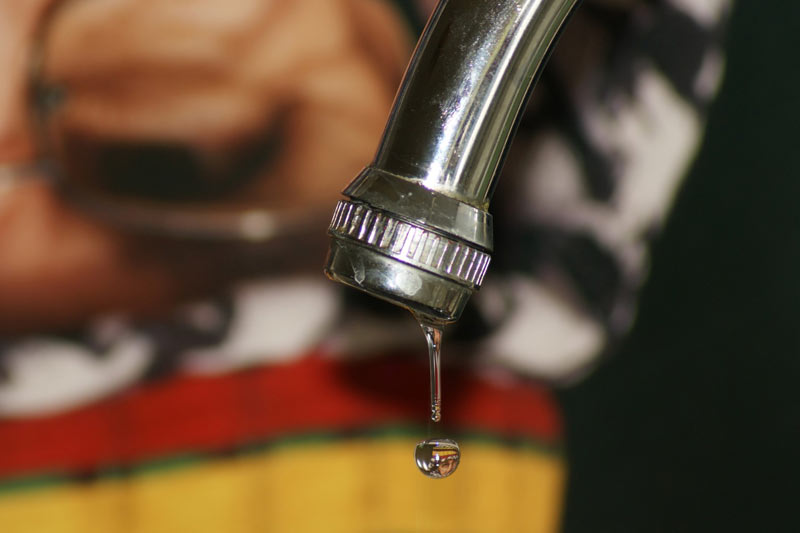The average person uses around 82 gallons of water each year. But at some point, every homeowner will encounter low water pressure or a leak. What should you do?
Read on to improve your leak detection skills so you can address low water pressure!
Check Your Pipes for Blockages
Your home’s pipes may be the culprit when it comes to low water pressure. Minerals, sand, and other debris can collect in the interior of pipes. A partial or full blockage will impact the water pressure you feel when taking a shower or washing dishes.
Even pipes made of copper won’t last forever. Your pipes might be corroded from partial blockages, causing leaks and low water pressure.
In most cases, a chemical solution or qualified plumber can fix your pipes. But in some cases, you could be stuck replacing pipes due to old age, intrusive tree roots, or corrosion.
Make Leak Detection a Priority
You might just need to look around when it comes to leak detection tips. Puddles of water beneath your kitchen sink or puddles by a water heater all suggest leaks.
The same is true for shower heads, toilets, and other fixtures. You may have a clogged aerator or bad fixture that’s dripping water constantly.
But look for other issues, too, such as signs of mold or mildew near bathtubs. You may even smell unpleasant, musty odors that suggest water damage.
Look for stains on ceilings and walls, as well as in attics. And while you’re at it, touch these areas to see if the drywall or ceiling tiles are wet.
Open Your Meter or Shutoff Valves
Another low water pressure remedy is to check your valves. For starters, look at your water meter valve, which could be closed. If it was shut recently due to a home remodel or vacancy, it might need to be opened again.
These valves may be located near your front curb or in your basement. If you can’t find it, reach out to your local water utility organization for help.
However, your main water shutoff valve should be more obvious in your home’s basement or on an exterior wall. Check to ensure that the handle is parallel to the ground. If it isn’t, the valve may not be fully open.
Replace Your Pressure Regulator
Each home should have a pressure regulator that reduces water pressure from the main water line. Typically, this regulator sits near your main water valve. Its goal is to ensure even and safe pressure in your home.
An ideal regulator reading should be between 50 and 80 psi. But low water pressure in your home could mean your regulator is old or needs an adjustment. You may be able to turn the bolt on top of the regulator to adjust it, but you should call a plumber to install a new one.
Know the Low Water Pressure Causes
Leak detection is an essential part of any low water pressure guide. But be aware that other issues, like a bad faucet or pressure regulator, may cause low water pressure. Check your pipes for signs of decay, and adjust your valves as needed.
When in doubt, reach out to the professionals for your plumbing needs.Contact us,and we can help!
Proactive Plumbing has provided dependable plumbing services, installations, and repairs for more than 15 years. We service Oceanside, Carlsbad, Encinitas, Vista, San Marcos, Escondido, and other areas of San Diego County.

 760-798-1167
760-798-1167